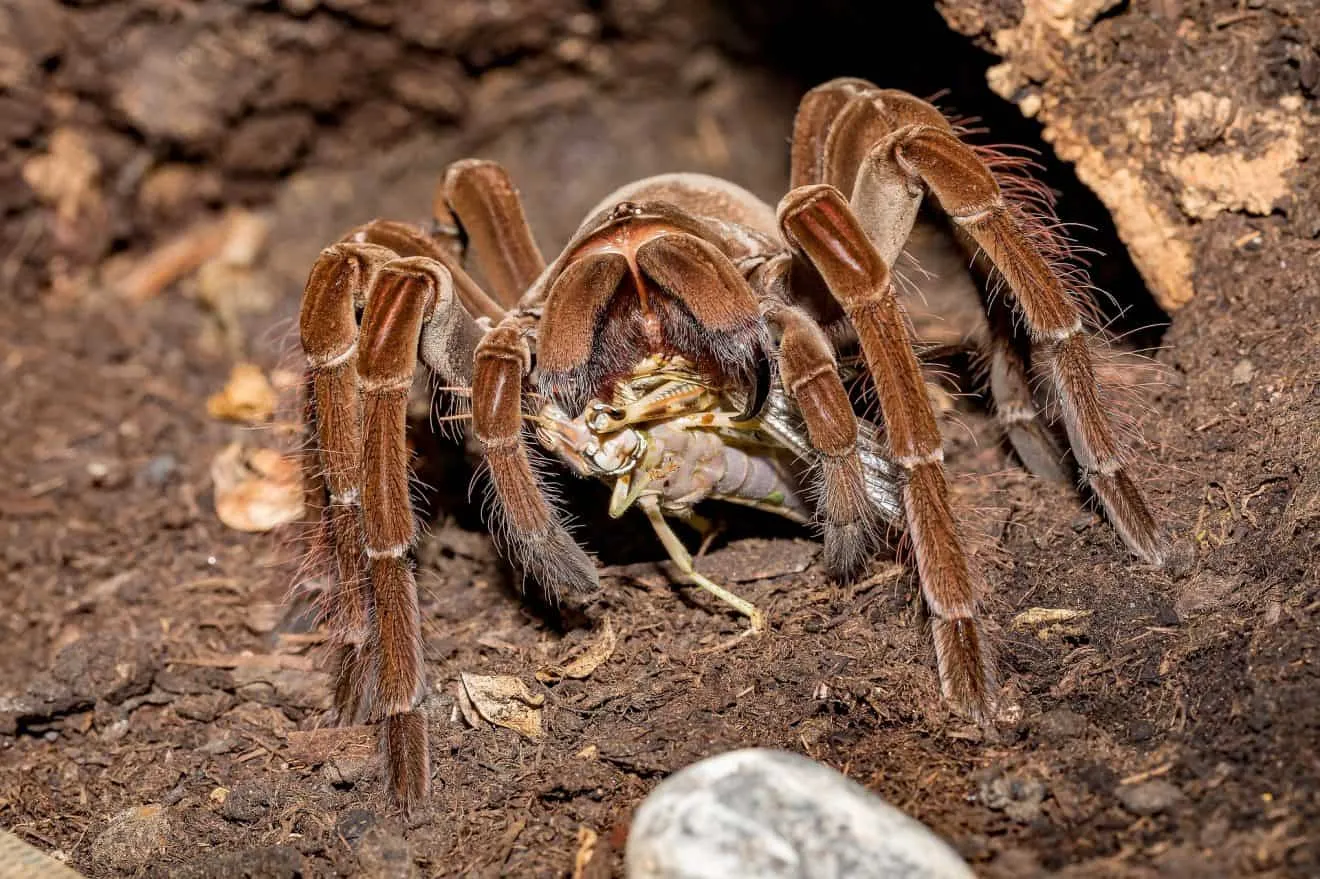Tarantulas, with their imposing size and fascinating behaviors, have captured the hearts of many pet enthusiasts. Caring for these eight-legged wonders, however, requires understanding their unique needs. This guide unveils the top 5 secrets to ensure your tarantula thrives in a captive environment, covering everything from enclosure setup to dietary requirements and health monitoring. By implementing these secrets, you can create a thriving habitat, ensuring the well-being of your fascinating pet tarantula and maximizing your enjoyment of this unique hobby. Getting started with tarantula care can be a rewarding experience, but understanding the basics is crucial.
Top 5 Tarantula Care Secrets Revealed
Secret 1 Provide Proper Enclosure
The foundation of successful tarantula care lies in providing a suitable enclosure. This isn’t just a container; it’s your tarantula’s home, and its design directly impacts its health and happiness. A poorly designed enclosure can lead to stress, molting problems, and even premature death. Proper enclosure design considers both the physical space needed by the tarantula and the environmental conditions it requires to thrive. The right enclosure provides security, regulates the microclimate, and facilitates the tarantula’s natural behaviors.
Enclosure Size & Material
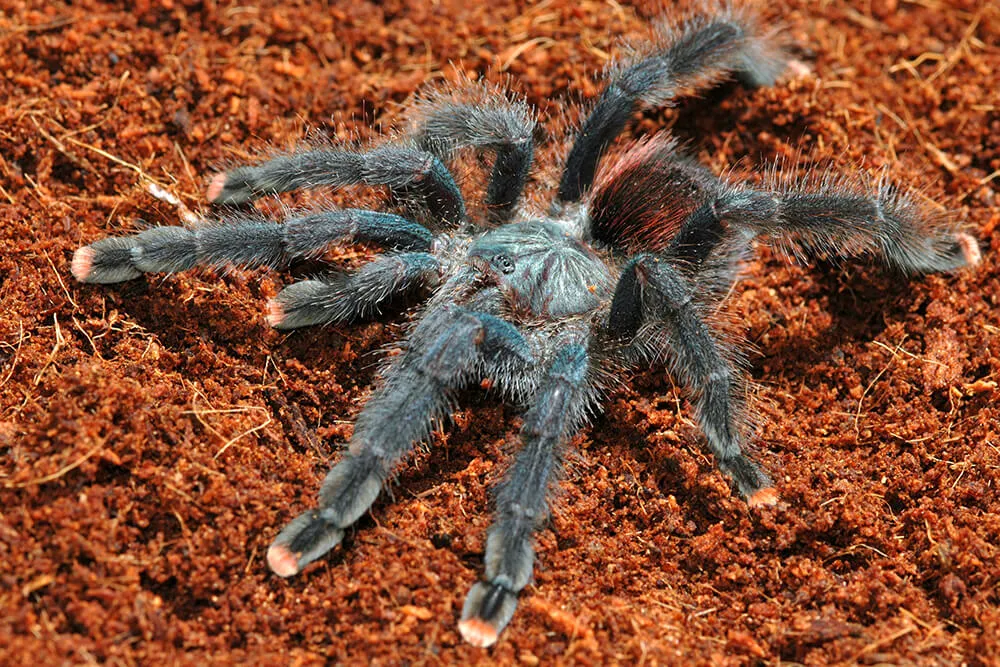
Size matters when choosing an enclosure. The rule of thumb is to provide an enclosure that is at least twice the tarantula’s leg span in width and length. Height is important for arboreal species. For terrestrial species, height isn’t as critical. Glass or acrylic enclosures are generally preferred. Glass is readily available and provides excellent visibility, while acrylic is lightweight and less prone to shattering. Ensure the enclosure has a secure, well-ventilated lid to prevent escapes and allow for air circulation. A good enclosure will not only provide space for movement but also the right environmental conditions and security, which is the most important part.
Substrate Selection & Maintenance
The substrate, or bedding, is crucial for maintaining the correct humidity levels and providing a natural environment. The ideal substrate allows the tarantula to burrow if it is a terrestrial species and provides a secure footing. Popular substrate choices include peat moss, coconut fiber, and a mixture of both. Avoid using substrates that are toxic or can trap the tarantula, such as gravel or sand. The substrate should be deep enough for the tarantula to burrow, typically several inches. Regular maintenance involves spot cleaning to remove uneaten prey and fecal matter. The substrate should be replaced periodically, every few months, to prevent the buildup of mold and bacteria. The substrate also contributes to humidity, which is discussed in the following sections.
Secret 2 Control Humidity and Temperature
Tarantulas are ectothermic, meaning they rely on their environment to regulate their body temperature. Maintaining the correct humidity and temperature is crucial for their health, molting, and overall well-being. Improper conditions can lead to dehydration, molting problems, and even death. Monitoring and adjusting these environmental factors is an ongoing process. A stable environment is the key to a healthy and happy tarantula. The ideal range depends on the species of your tarantula, so it’s very important to know which species you have and to look up their ideal environment for more in-depth and specific needs.
Humidity Levels & Monitoring
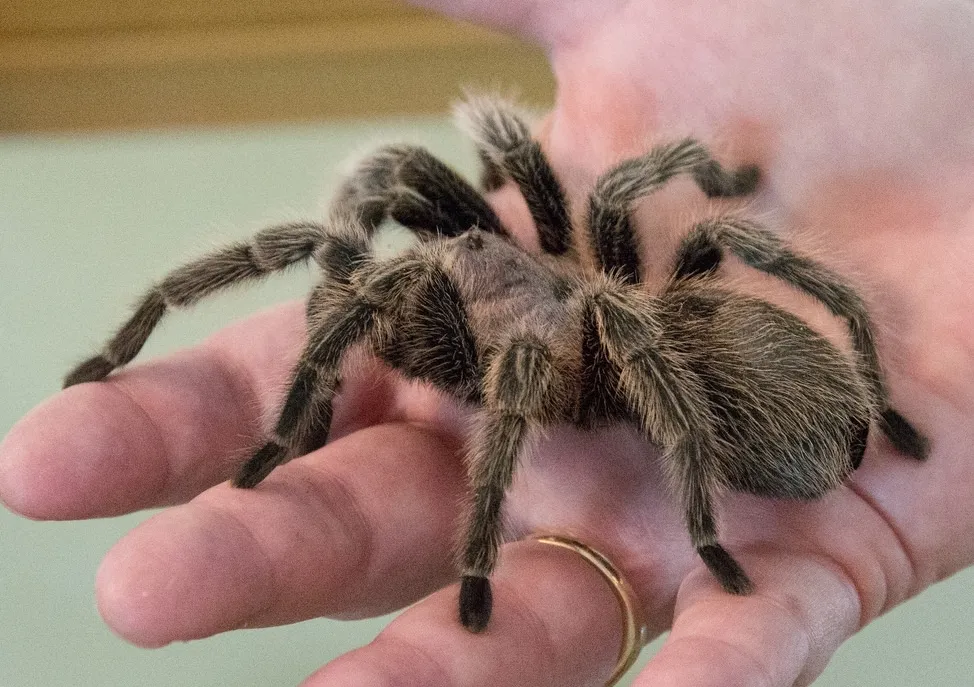
Humidity levels vary depending on the species. Tropical tarantulas require higher humidity, while desert species prefer drier conditions. Generally, a humidity level between 60-80% is suitable for most tropical species, and 50-60% for arid species. Use a hygrometer to monitor humidity levels accurately. Increase humidity by misting the enclosure with a spray bottle filled with dechlorinated water, and decrease it by increasing ventilation. The substrate also contributes to the humidity levels in the enclosure; therefore, proper substrate selection and maintenance are important as well. Water dishes are very important because they not only allow the tarantula to drink but also help to create some humidity in the enclosure.
Temperature Requirements & Heating
Most tarantulas thrive at temperatures between 75-85°F (24-29°C). Use a thermometer to monitor the temperature within the enclosure. Avoid placing the enclosure in direct sunlight, as this can overheat it. Supplemental heating may be necessary in cooler climates, but it must be implemented safely. Heat mats placed on the side or back of the enclosure are a good option. Never place a heat mat directly under the enclosure, as this can cause it to overheat. Heat lamps are not recommended, as they can dry out the enclosure and may be too hot. Always ensure the heat source is regulated with a thermostat to prevent overheating and potential harm to the tarantula.
Secret 3 Offer a Balanced Diet
A well-balanced diet is essential for tarantula health and longevity. Tarantulas are opportunistic predators, and their diet should mimic what they would eat in the wild. Providing the right prey items in the correct amounts is vital for their growth, molting, and overall well-being. A poor diet can lead to nutritional deficiencies, molting problems, and a shortened lifespan. Understanding the dietary needs of your tarantula is crucial for providing proper care. You can learn about the ideal diet for your tarantula species to ensure it stays healthy and happy.
Prey Selection & Feeding Frequency
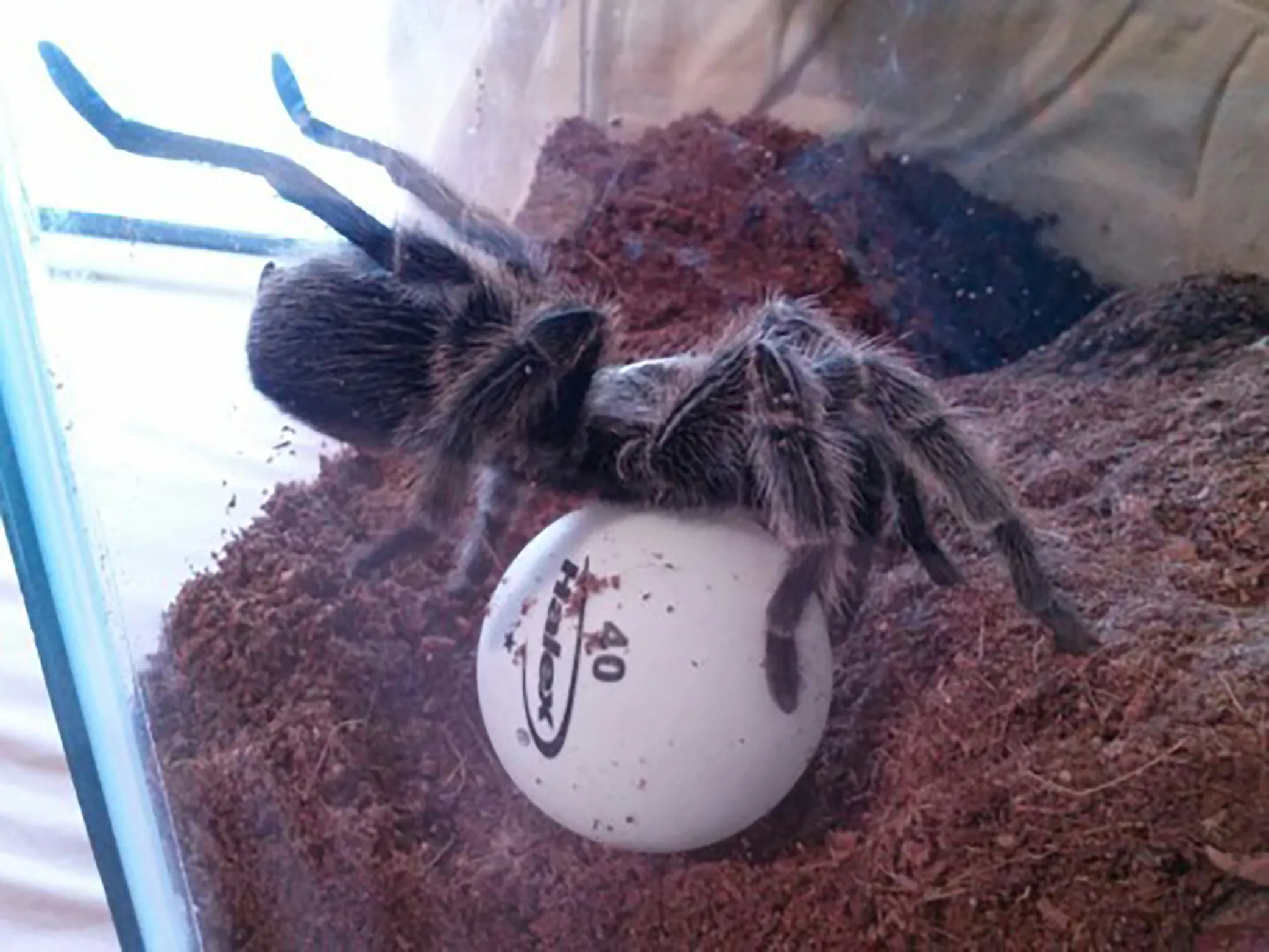
The main staple of a tarantula’s diet is insects. Crickets, mealworms, and dubia roaches are common choices. The size of the prey should be appropriate for the size of your tarantula; generally, the prey should be no larger than the tarantula’s abdomen. Offer a variety of insects to ensure a balanced diet. Overfeeding can lead to obesity, while underfeeding can stunt growth. Feed juvenile tarantulas 2-3 times a week. Adult tarantulas can be fed less frequently, typically once or twice a week. Always remove any uneaten prey within 24 hours to prevent stress for your tarantula.
Supplementation & Water
While insects provide essential nutrients, it’s important to consider supplementation. Dusting the prey with a calcium and vitamin D3 supplement can help ensure your tarantula receives adequate vitamins and minerals, especially during growth periods. Offer a shallow water dish with clean, fresh water at all times. This allows the tarantula to drink and helps maintain humidity. Avoid using tap water unless it’s been dechlorinated, as chlorine can be harmful to tarantulas. Replace the water regularly to prevent bacterial growth.
Secret 4 Maintain Hygiene
Maintaining a clean environment is crucial for the health and well-being of your tarantula. Proper hygiene minimizes the risk of bacterial and fungal infections, creating a thriving environment and preventing stress. This involves regular cleaning, waste removal, and practicing safe handling. Neglecting hygiene can lead to serious health problems and a shortened lifespan for your pet. It is one of the most important aspects of tarantula care, and it shouldn’t be overlooked. Creating a safe and healthy environment is key to enjoying your pet tarantula for years to come.
Regular Cleaning & Waste Removal
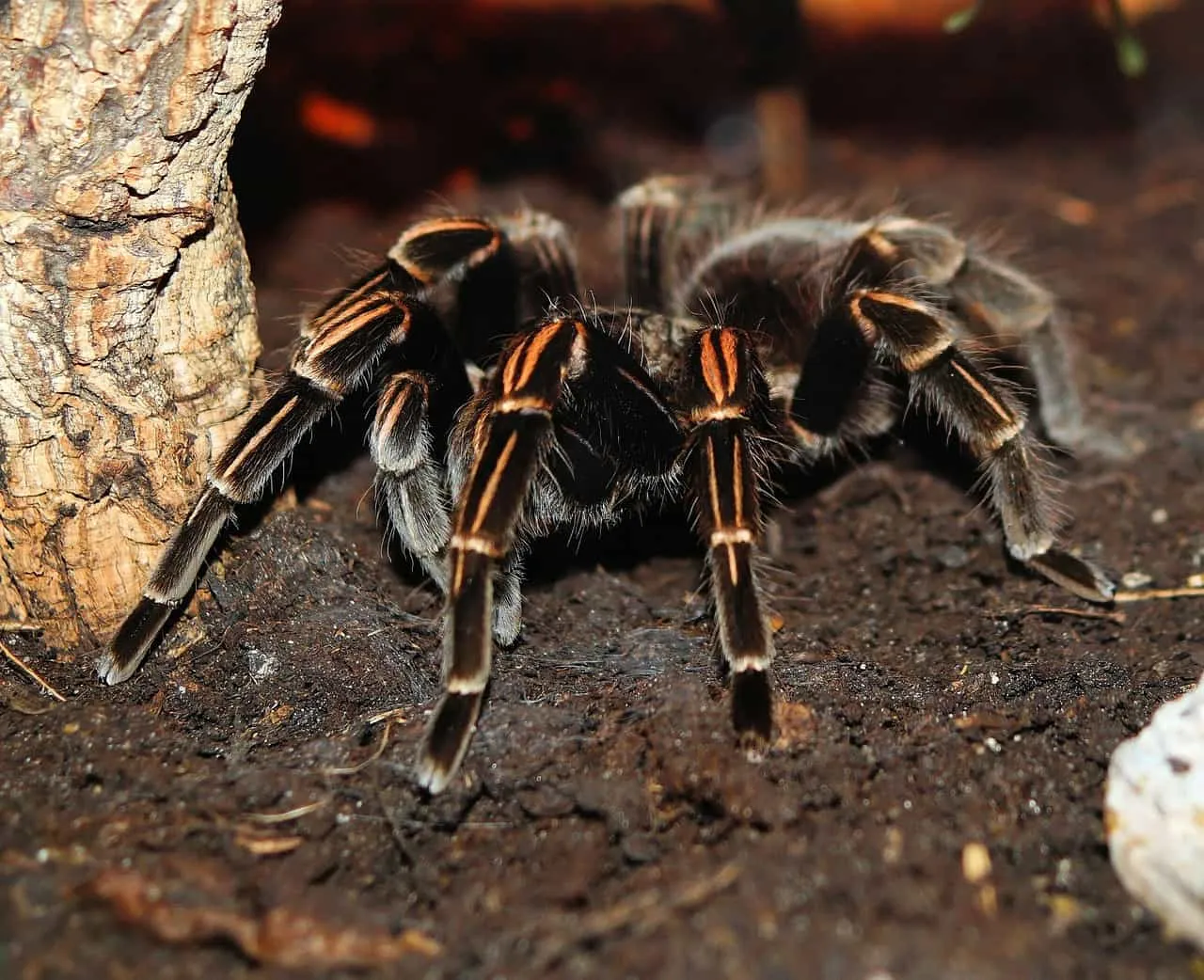
Spot clean the enclosure regularly. Remove uneaten prey items, fecal matter, and any other waste immediately. Replace the substrate periodically, every few months, or as needed, depending on the type of substrate and the size of the enclosure. This prevents the buildup of bacteria and mold. Clean the enclosure with a mild soap and water solution when changing the substrate or as needed. Avoid using harsh chemicals or cleaning agents, as these can be toxic to tarantulas. Rinse thoroughly and allow the enclosure to dry completely before returning your tarantula.
Handling & Safety Precautions
While tarantulas are generally docile, they can bite if they feel threatened. Bites are rarely dangerous to humans but can be painful. Avoid handling your tarantula unless absolutely necessary. If you must handle your tarantula, do so with extreme care and caution. Avoid sudden movements and be mindful of its behavior. Always wash your hands thoroughly before and after handling. Be aware that some species have urticating hairs, which can cause skin irritation. Never put your face close to the tarantula, and always supervise children when they are near the enclosure. It’s best to admire your tarantula from a safe distance and respect its space.
Secret 5 Observe and Learn
Observing your tarantula is the key to understanding its needs and ensuring its well-being. Pay attention to its behavior, feeding habits, and overall appearance. Learning to recognize signs of illness or stress will allow you to take prompt action and provide appropriate care. Tarantulas are fascinating creatures, and their behavior can provide valuable insights into their health and happiness. The more you observe and learn, the better you can care for your pet and enjoy this unique hobby. Continuously learning will help you provide the best environment for your tarantula.
Recognizing Signs of Illness or Stress
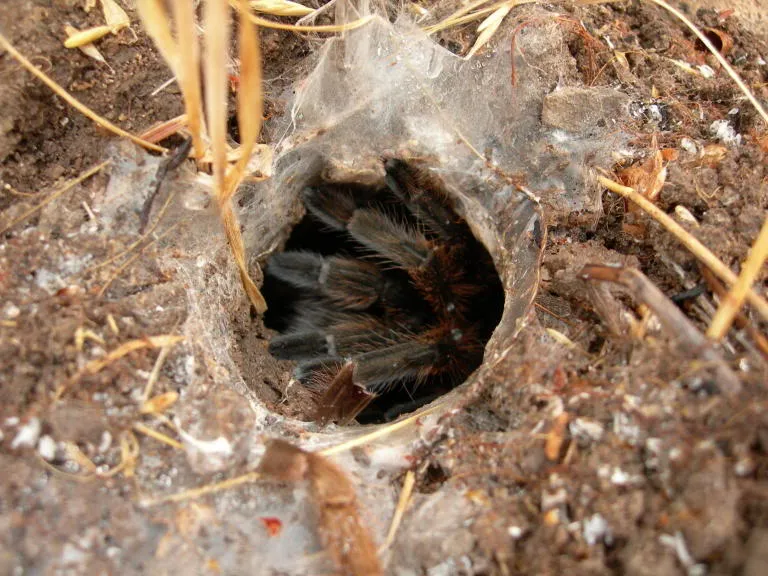
Changes in behavior, such as loss of appetite, lethargy, or unusual posture, can indicate illness or stress. Look for physical signs, such as a swollen abdomen, discoloration, or difficulty molting. If you observe any concerning signs, consult with a veterinarian experienced in exotic animals or research the specific needs of your tarantula species. Early detection is essential for successful treatment. Quarantine any sick tarantulas to prevent the spread of disease. Monitor your tarantula closely and learn to recognize the symptoms of common health issues. Recognizing those signs is the first step to helping your tarantula.
Understanding Tarantula Behavior
Each tarantula species has unique behaviors and characteristics. Learn about the natural behaviors of your specific species. For example, some tarantulas are more reclusive and spend most of their time in their burrows, while others are more active and wander around the enclosure. Understanding these behaviors will help you assess your tarantula’s well-being. Observe its feeding habits, molting cycle, and overall activity level. This will help you detect any changes that may indicate a problem. The more you observe, the better you’ll understand your pet and its needs.
In conclusion, providing exceptional care for your tarantula is achievable by following these top 5 secrets. Prioritizing proper enclosure setup, controlling humidity and temperature, offering a balanced diet, maintaining excellent hygiene, and consistently observing and learning about your pet, you can create a thriving environment. This will ensure your tarantula lives a long, healthy, and fulfilling life, allowing you to fully appreciate the unique beauty and fascinating behaviors of these incredible creatures. Embracing these secrets will transform you into a knowledgeable and responsible tarantula owner, paving the way for a rewarding and enjoyable journey into the world of tarantulas.
